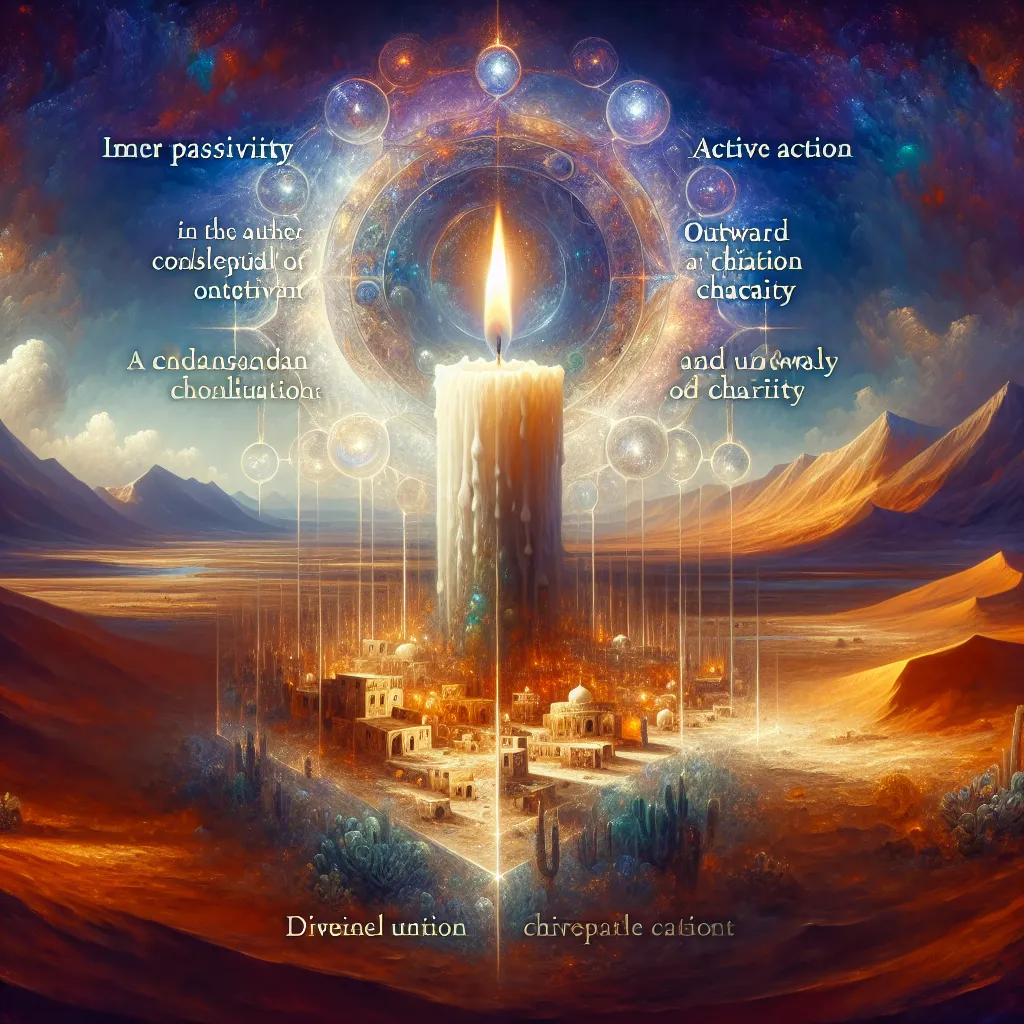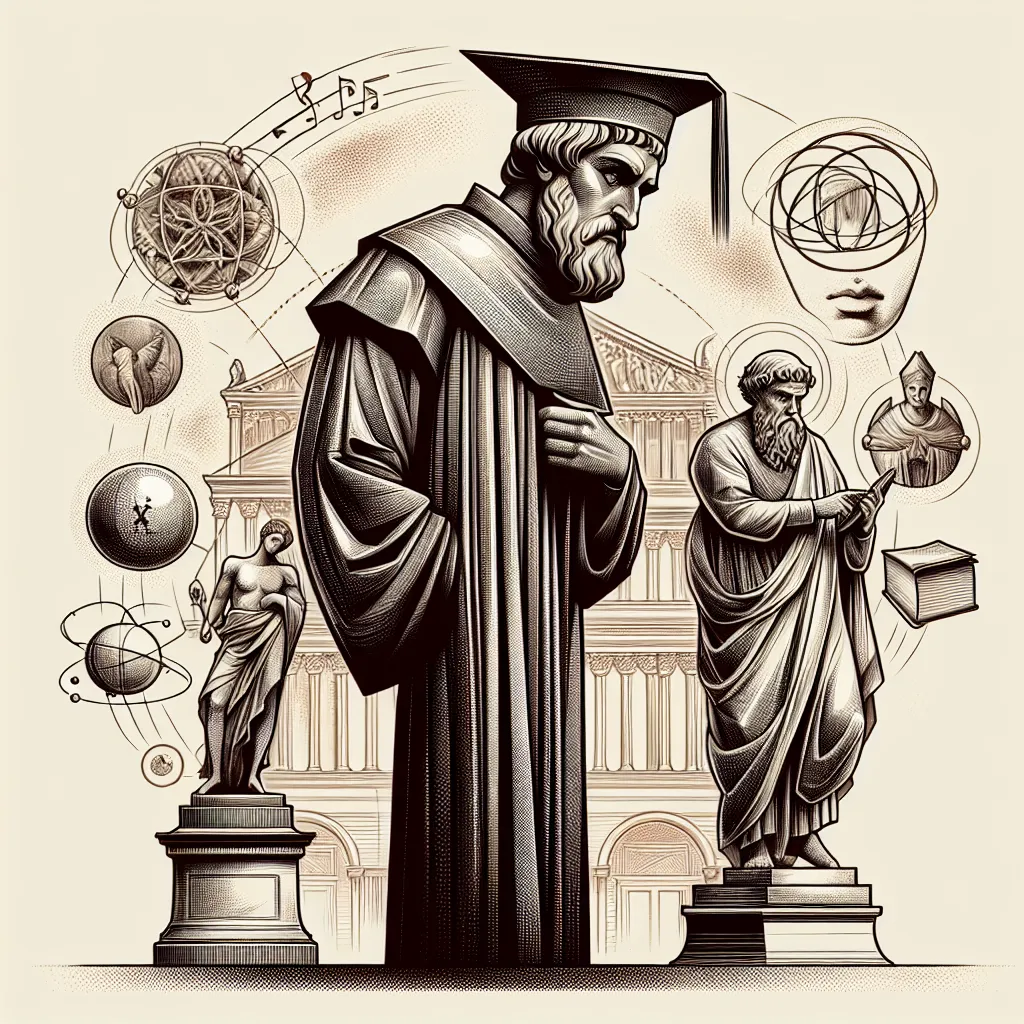Buddhism is one of the world’s major religions, starting over 2,500 years ago in India. It began with Siddhartha Gautama, who became known as the Buddha. He wanted to understand and end human suffering. The essence of Buddhism revolves around the Four Noble Truths, guiding followers towards enlightenment.
The first truth is pretty straightforward: life involves suffering. This doesn’t mean life is terrible, but rather that suffering is a natural part of being human. It can come from various sources like physical pain, emotional struggles, or the fleeting nature of things we cherish. The second truth identifies the root of this suffering as desire. When we crave things we can’t have or cling to what’s temporary, we end up causing our own suffering.
Now, here’s where it gets hopeful. The third truth claims that suffering can end. By releasing our desires and attachments, we can find peace. Then the fourth truth shines a light on the way to this peace: it’s called the Noble Eightfold Path. This path involves principles such as right understanding, intention, speech, action, livelihood, effort, mindfulness, and concentration.
In Buddhism, there’s also this concept of samsara, or the cycle of rebirth. Our actions in past lives influence our present circumstances, thanks to karma. Good actions lead to better situations, while negative actions do the opposite. The ultimate aim in Buddhism is to break free from this cycle by achieving enlightenment, also known as nirvana.
Buddhism branches into three main schools: Mahayana, Theravada, and Vajrayana. Mahayana Buddhism is popular in places like China, Japan, and South Korea, focusing on bodhisattvas – enlightened beings who stick around to help others. Theravada Buddhism, found in Sri Lanka and Thailand, emphasizes a monastic lifestyle and meditation as paths to enlightenment. Vajrayana Buddhism, prevalent in Tibet and parts of Nepal, offers a quicker route to enlightenment through rituals and mantras.
A key teaching in Buddhism is the impermanence of all phenomena. This means everything we experience, joy or sorrow alike, is temporary. Realizing this helps Buddhists develop detachment and maintain calmness. Even positive emotions, like love and happiness, can lead to suffering since they don’t last forever.
The Dalai Lama, the spiritual head of Tibetan Buddhism, has significantly shaped modern Buddhism. He left Tibet in 1959 and has since been a global peace and human rights advocate. His teachings often stress compassion, kindness, and understanding the true nature of reality.
In essence, Buddhism offers a practical and profound approach to deciphering the meaning of life. It acknowledges suffering as a part of life but shows that it can be transcended through wisdom, ethics, and mental discipline. By following the Noble Eightfold Path and grasping the impermanence of all things, Buddhists strive for enlightenment and a release from the cycle of rebirth. This journey isn’t just about personal freedom; it’s also about spreading compassion and aiding others to find peace amidst life’s inherent struggles.






